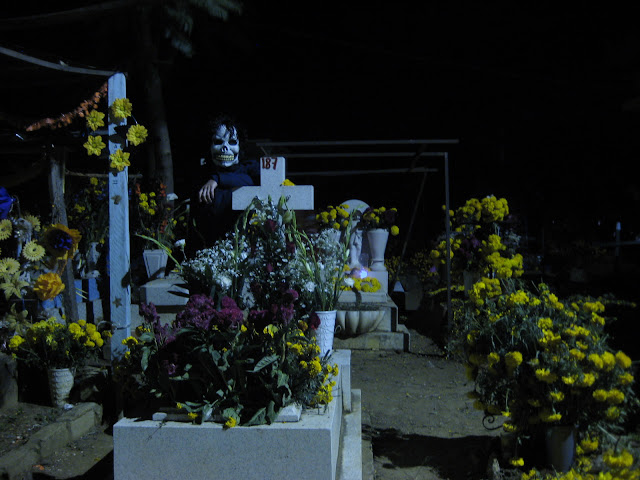
The Pantheon in Rome is shockingly old. The marbled floor is on a noticable camber from centre to rim, no doubt the great walls, which conceal the buttresses and arches required to hold up the dome, are sinking into the ground of the Piazza della Rotunda like a biscuit mould cutting through pastry. In typically solid Roman proportional architecture, the dome is as high as it is wide, given the peculiar sensation of being inside a circular cube. Above is a great occulus, a skylight through which a pole of light traces a parabola around the floor. This occulus is the manifested absence of the Roman keystone. In a normal two dimensional arch, the keystone is the key stone, supporting through pressure on itself the weight of the building. The key stone is the physical and conceptual focus of the arch, the confluence of the building's weight. But when translated into three dimensions, the point can be transormed from thing to nothing. The defining presence of the keystone becomes its own absence. In the place where all the pressure of the mighty dome concentrates there is a hole, a void. A ring of keystones all press inwards on each other, focusing all the energy and weight of the mighty dome invisibly into nothing but air. It is a triumph of lack, an existential vertice, the imperceptible point of total connection, before the weight is conducted, spreading and dropping down through the solid walls.
This momentary suspension and expansion of matter is like the gap between the fingertips of Adam and God on the Sistene Chapel, the spark of life is channeled into an unseen stream, compressed for a heartstopping moment, and then bursts out again made flesh, a living thing.
The entrance is wide, high and free. The stanchions and capitals, the freezes and cornices have become the trunk of the world's architectural tree of life, so that the family resemblances to all other buildings are so strong as to blend ancestor with infant and make their profiles habitually indistinguishable. Tourists sleepwalk, staring upwards at the columns and portico they have already just passed. The interior is full of people, energy and chatter, like the foyer of a concert hall in an interval, or an airport arrivals hall, or a grand Victorian bank that has been converted into a pub. There is no sense whatsoever of a temple, even pagan. The building was consecrated by the Catholic sect to their own worship over a thousand years ago, yet the proportions are so ancient and unlike the vaulted barns of churches as to compromise its monotheist rebaptism as a tomb for artists and tyrants. The tourists too lack the feigned reverence for God they may show in St Peter's, itself not so much a church as a supertanker performing some endless turning circle.

Instead we gape and chat, photograph, step around, bump into each other, watch. This must be more like the forum, some ancient marketplace of exchange, debate, meeting. It is called a church but there is no sense of religion. People come who do not call themselves pilgrims. But they are pilgrims to their own experience in this miraculous primeval space. Instead of being reverential to some other being, a divine presence extant in holy places, the pilgrims are reverential to their own presence in the building. This is a secular existential pilgrimage. The presence of being there, inside these walls, in a space made possible by that the sublime building which encloses it. These walls make us flesh. We are not reverential of a divine presence, but of our own presence.





No comments:
Post a Comment